Photos: Discoveries at Wadi el-Hudi, an Ancient Egyptian Settlement
Out of place
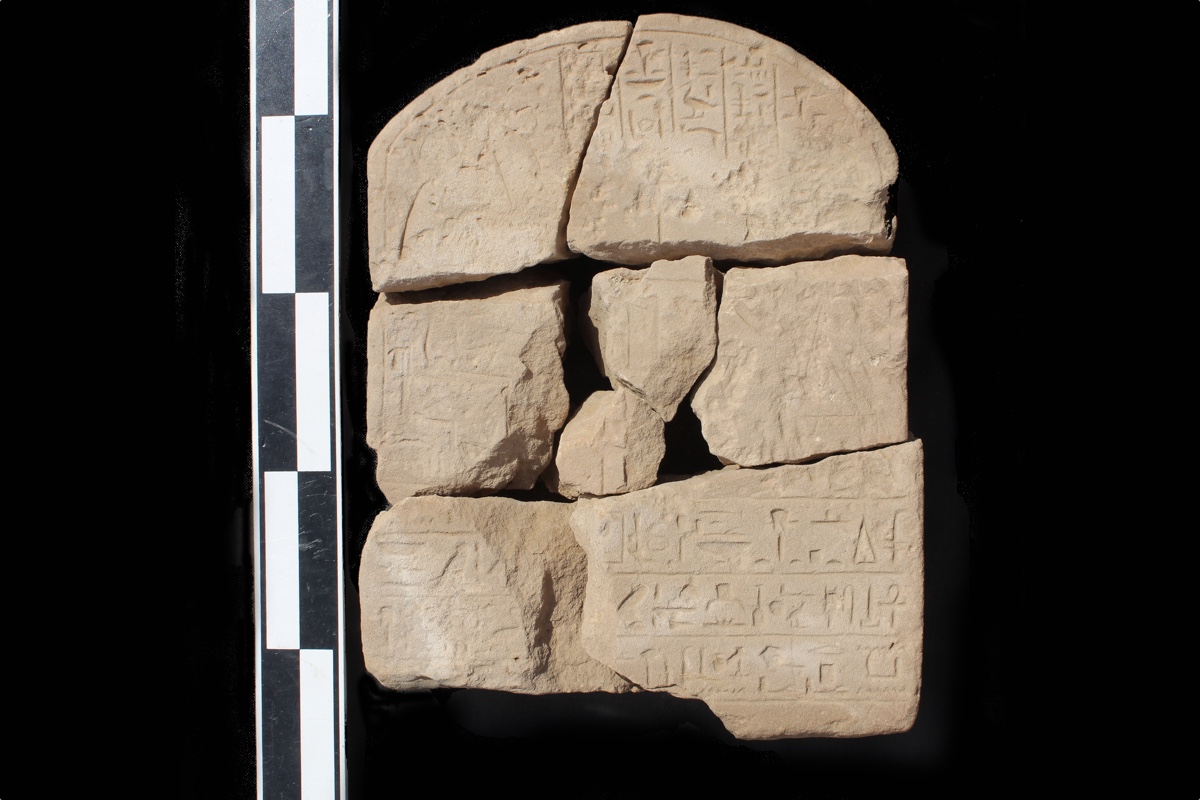
One of more than 100 inscriptions that were recently discovered by researchers at Wadi el-Hudi. It's a stela, a stone slab with writing and images engraved on it. Written in the name of Usersatet, the viceroy of Kush, a region south of Egypt, it dates to a time when Wadi el-Hudi was abandoned leaving researchers with the question of why someone dragged it 30 kilometers (18.6 miles) into the desert and left it at Wadi el-Hudi. [Read more about the discoveries at Wadi el-Hudi]
Site 5
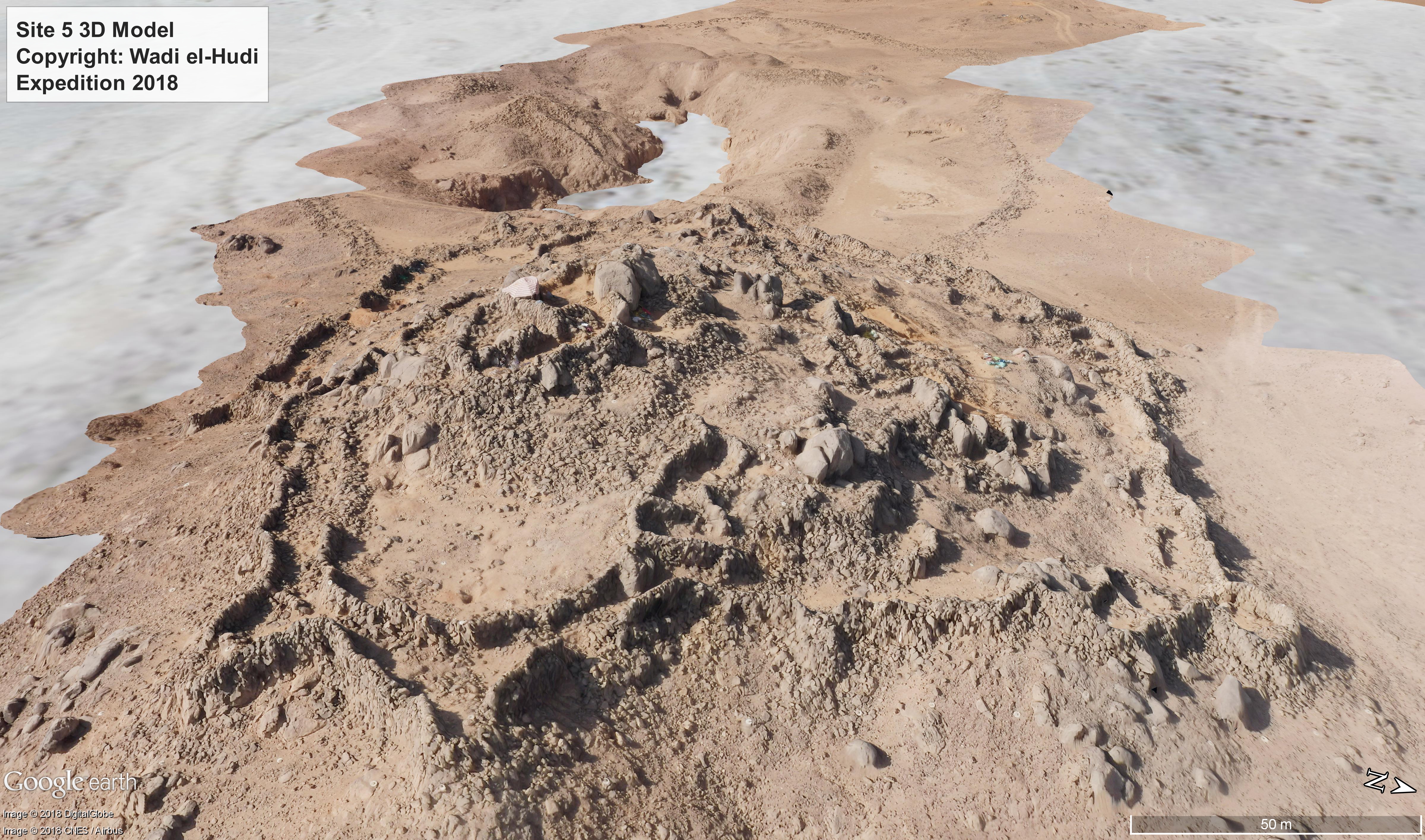
This 3D model shows what archaeologists call "site 5" at Wadi el-Hudi. Dating back around 3,900 years, it houses a settlement, amethyst mine and amethyst refinement area. There are other sites at Wadi el-Hudi, though this is one of the larger ones.
Site 4
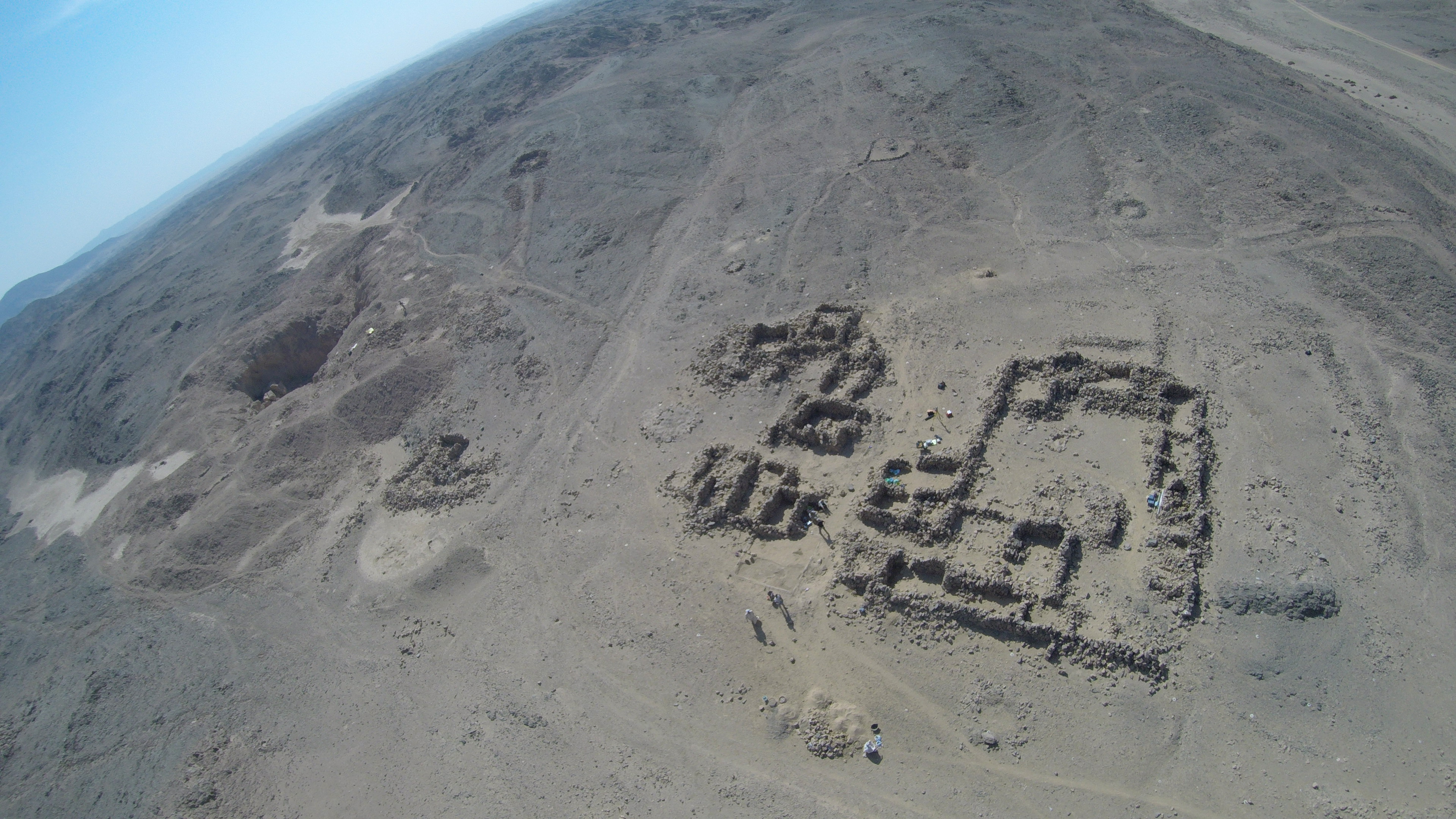
Here's what archaeologists call "site 4" at Wadi el-Hudi. Dating back around 3,900 years, it's a settlement located in a valley between two hills and an amethyst mine.
Early administrators
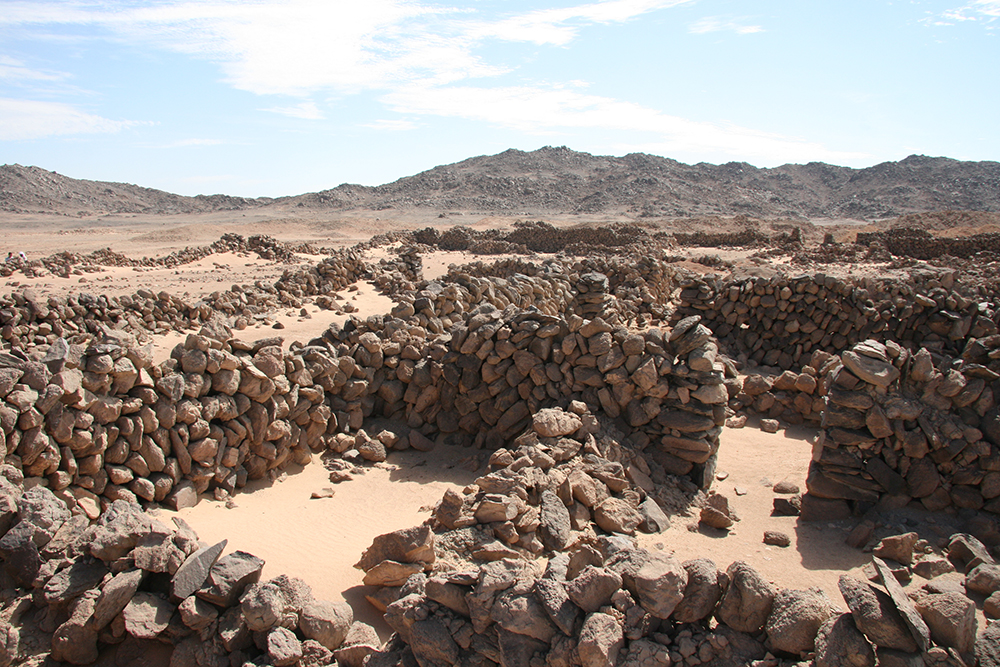
An ancient administrative building located at Wadi el-Hudi. The ancient amethyst mining expeditions may have had 1,000 to 1,500 miners, soldiers and support workers; and many administrative tasks had to be performed.
Ancient hunter
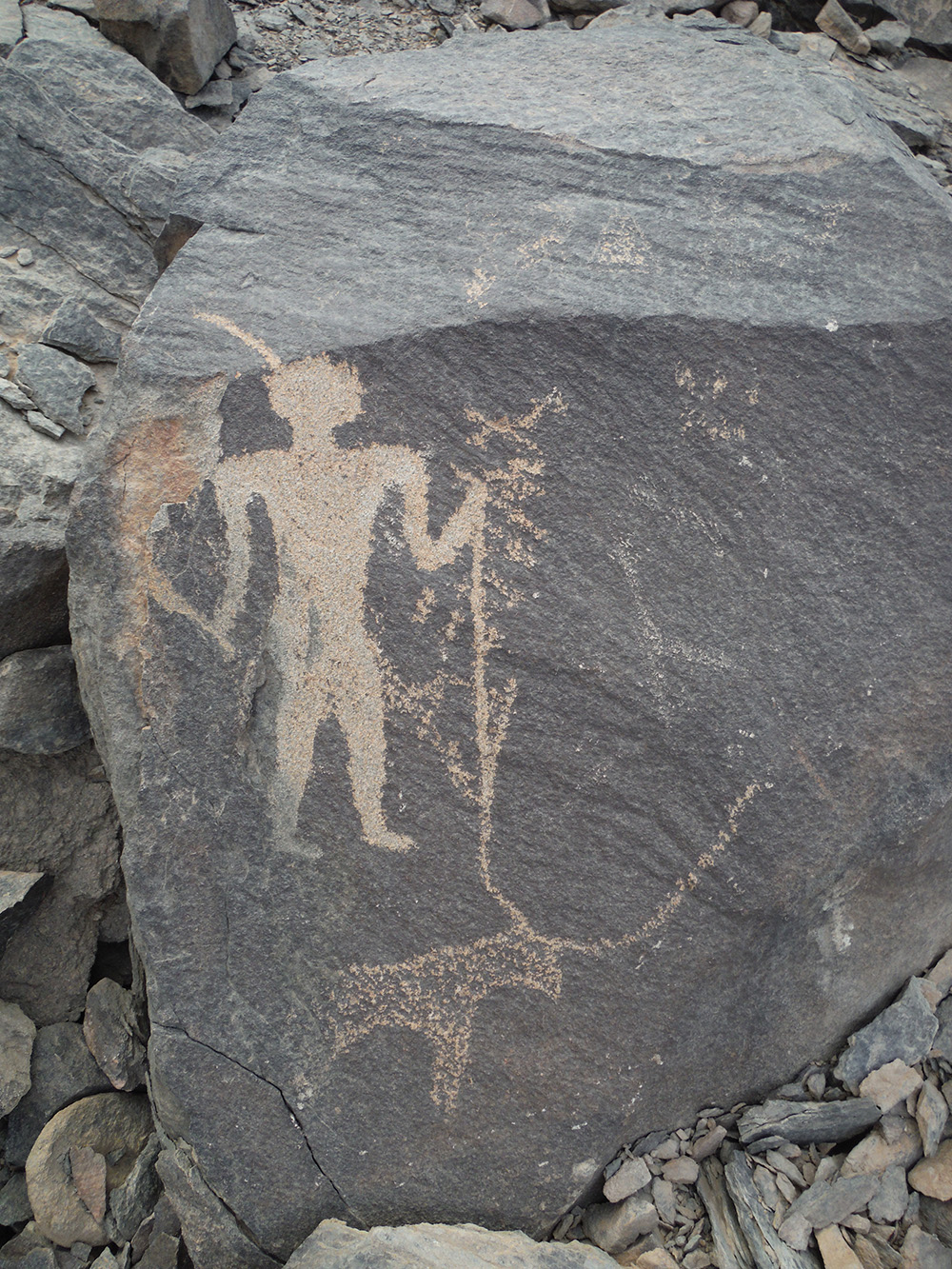
In addition to over 100 written inscriptions, many petroglyphs were also found. The soldier shown spearing a cow was drawn around 3,900 years ago, while the cow was drawn several centuries earlier, researchers found.
Wresting match
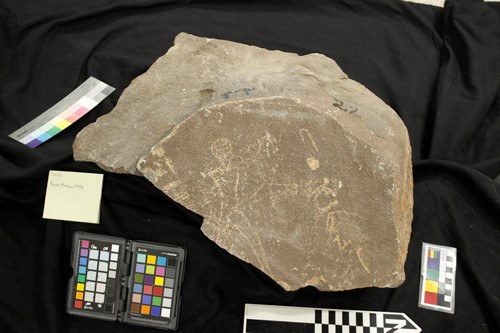
A scene showing two soldiers wrestling. One of the soldiers has grabbed the other by the neck. An inscription on it reads "Iqer who casts down the Asiatic," suggesting the winner was Iqer and the loser was from an ethnic group that the ancient Egyptians considered "Asiatic." This inscription was found several decades ago and is not among the over 100 new inscriptions found at Wadi el-Hudi However, the inscription is being re-examined using modern-day imaging technology.
Examining the site
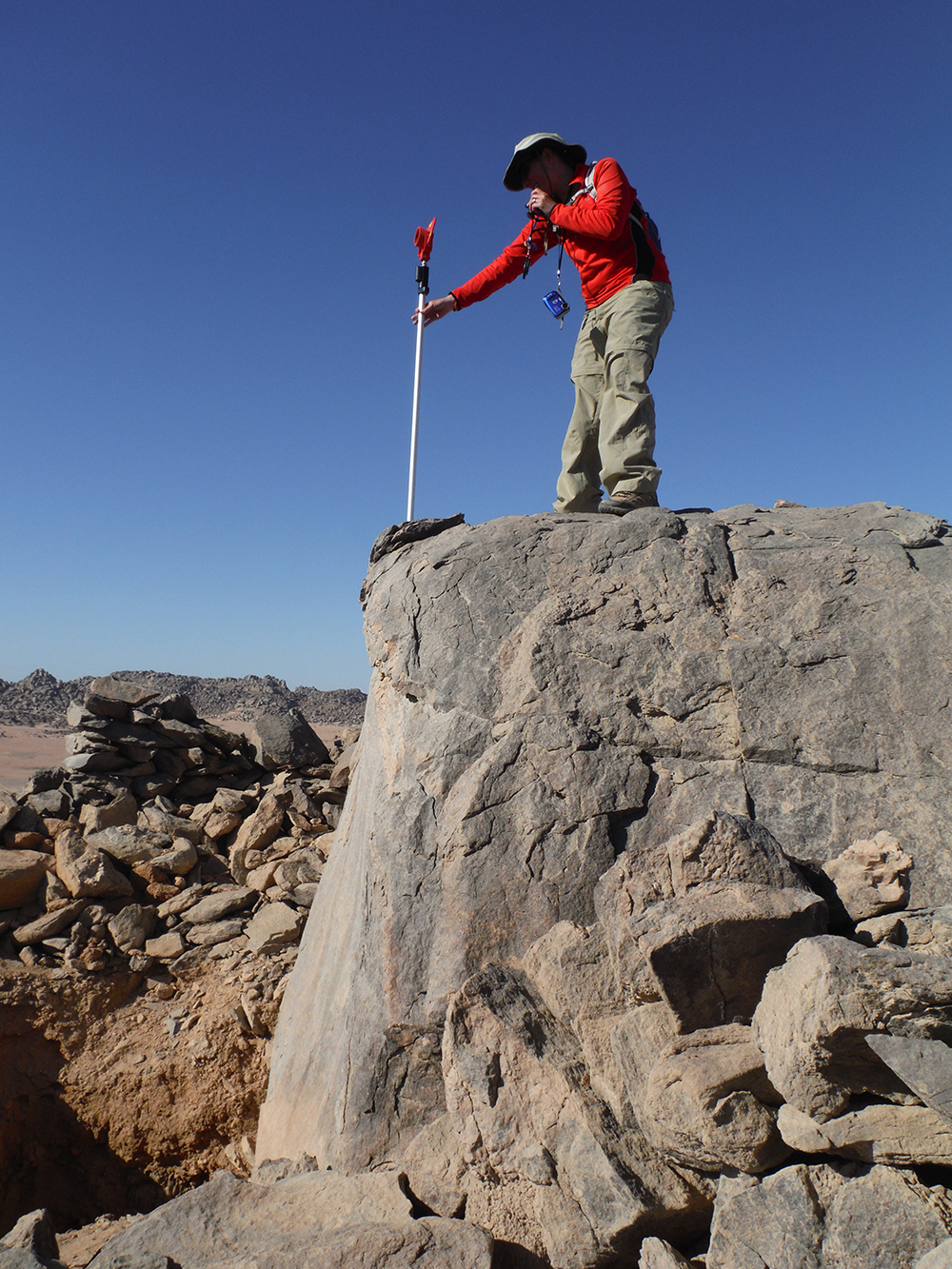
Wadi el-Hudi expedition director Kate Liszka surveying the top of what archaeologists call "site 5." This site has a settlement, amethyst mine and refinement area that all date back around 3,900 years.
Sign up for the Live Science daily newsletter now
Get the world’s most fascinating discoveries delivered straight to your inbox.
Tools for mapping
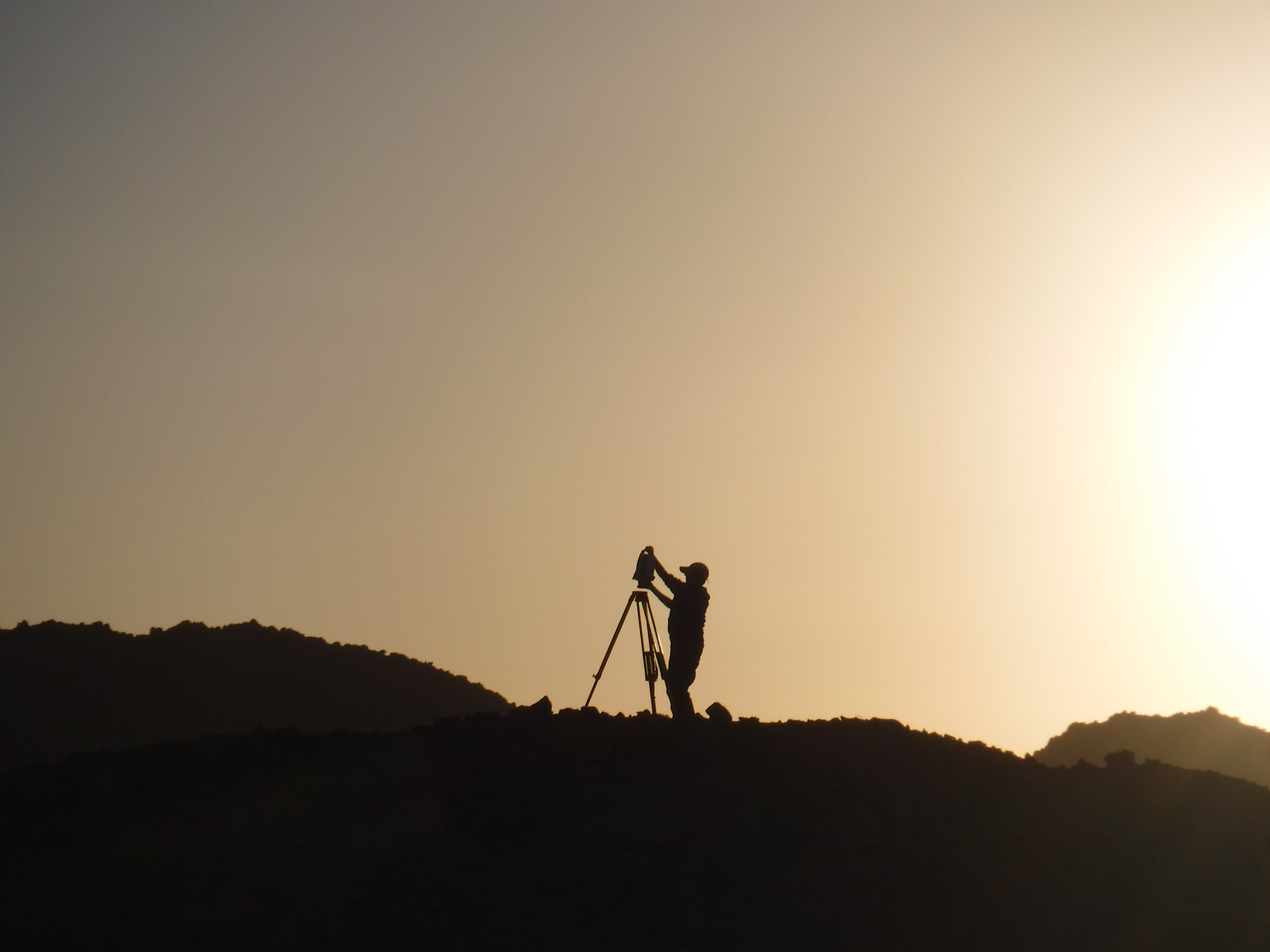
A member of the expedition team setting up a total station at dawn. A station like this helps when surveying and mapping archaeological sites.
Recording pieces
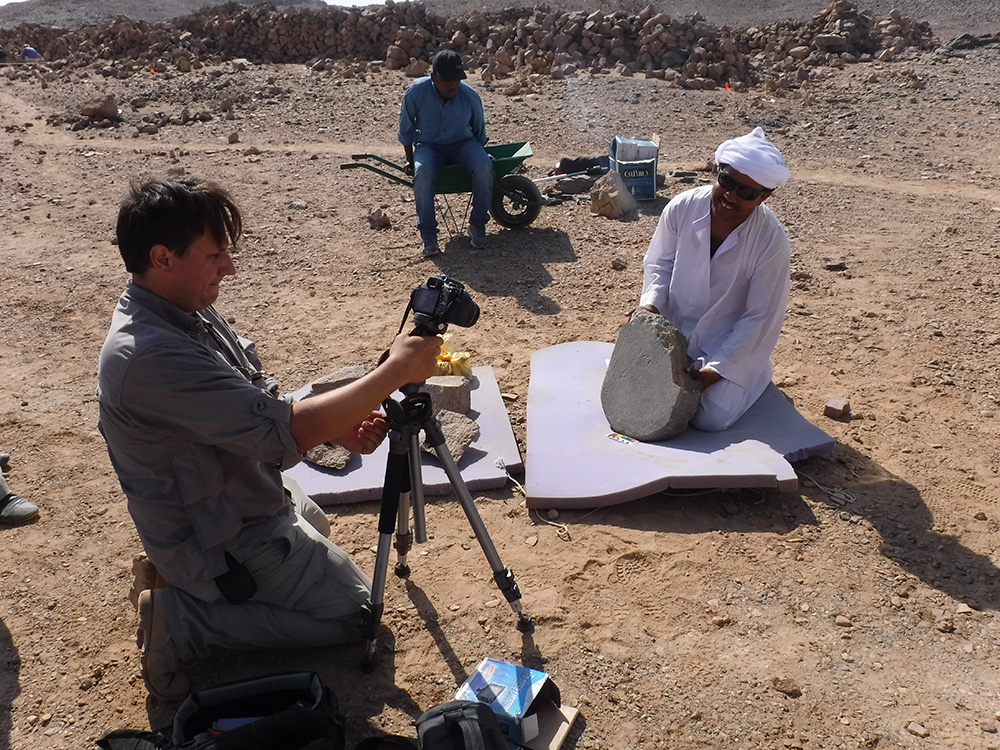
Bryan Kraemer and Omer Farouk photographing a newly found stela.

Owen Jarus is a regular contributor to Live Science who writes about archaeology and humans' past. He has also written for The Independent (UK), The Canadian Press (CP) and The Associated Press (AP), among others. Owen has a bachelor of arts degree from the University of Toronto and a journalism degree from Ryerson University.










